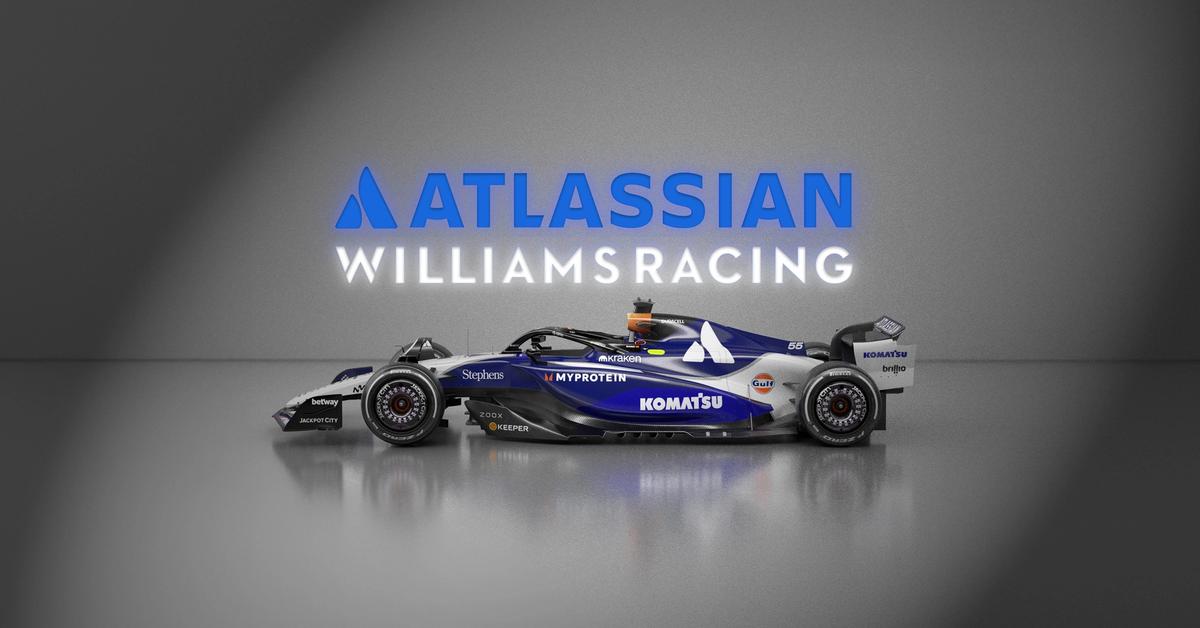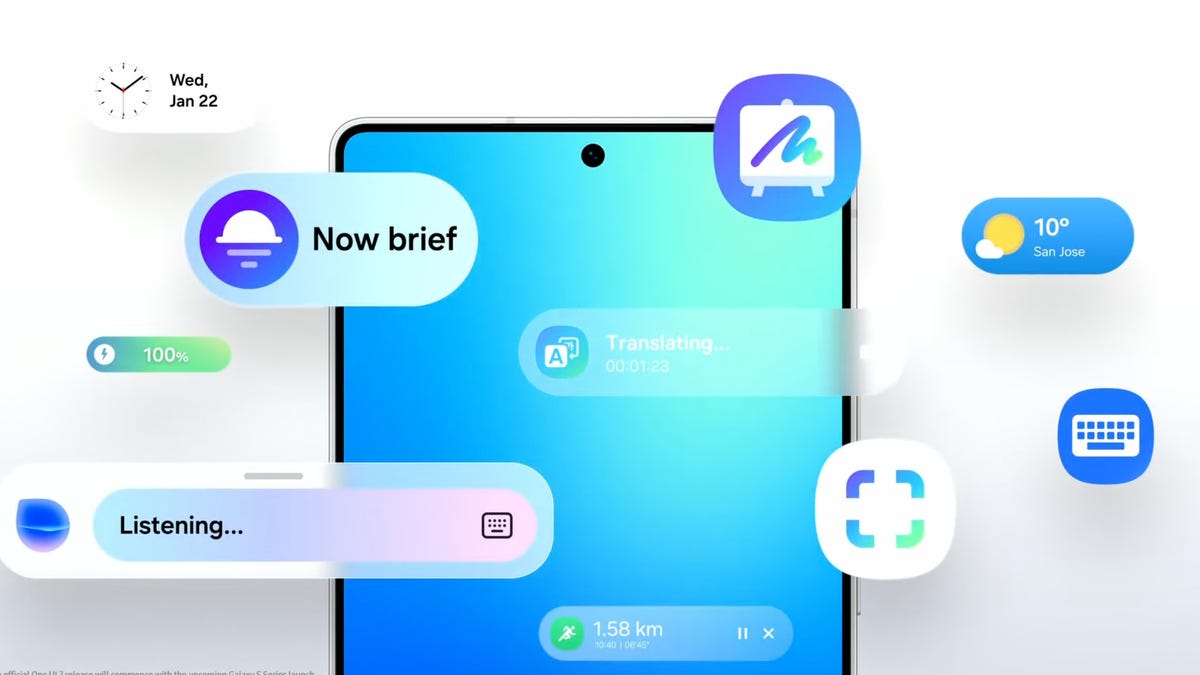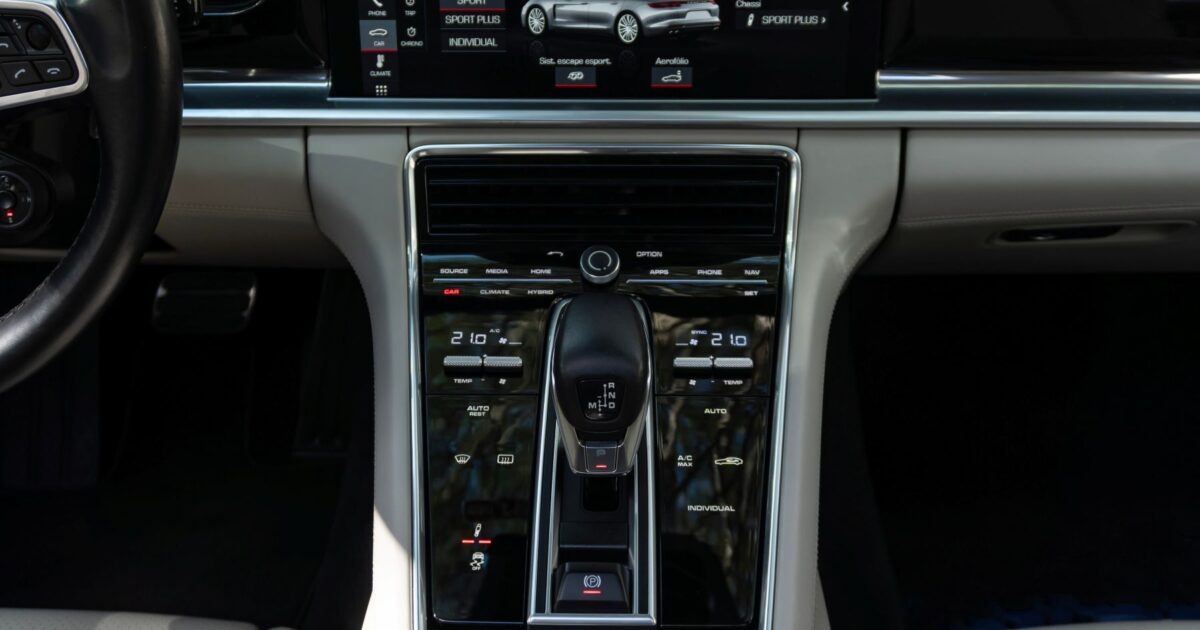Samsung recognised for AI leadership and accelerating adoption
Samsung Electronics today announced it has been recognised by Interbrand, a global brand consultancy, as the 5th-ranked global brand for the sixth year in a row. Interbrand releases its list of “Best Global Brands” each year. For this year’s list, Samsung recorded a brand value of $90.5 billion, upholding its position as the only Asian company to remain in the global top five since 2020.
According to Interbrand, Samsung Electronics’ evaluation was positively influenced by:
- Strengthened AI competitiveness across the company’s business divisions
- Enhanced customer experiences through unified integration across products
- Focused investment in AI-related semiconductors
- Execution of a customer-centric brand strategy
“Through AI innovation and open collaboration, Samsung has worked to ensure that more customers can experience AI in their daily lives,” said Won-Jin Lee, President and Head of Global Marketing Office at Samsung Electronics. “Moving forward, we will continue to focus on benefits for customers including in health and safety so that Samsung can grow into an even more beloved brand.”
Under the vision of “Innovation for All,” Samsung consistently strives to make AI accessible to more customers worldwide.
This year, Samsung reinforced its leadership in mobile AI with the continued advancement of Galaxy AI, aiming to make it available on 400 million devices within the year driving the democratisation of AI. In Consumer Electronics (CE), Samsung has expanded AI competitiveness by introducing AI technologies tailored to each product category, such as Vision AI and Bespoke AI.
Through open collaboration with diverse partners, Samsung has enhanced personalized AI experiences for customers, while also providing industry-leading security with Samsung Knox.
Beyond AI, Samsung continues to enhance the accessibility of its products and services and drive sustainable innovation across all business divisions. This includes energy savings through energy-efficient appliances connected via SmartThings.
Samsung’s Recognised Efforts in Each Business Division
Mobile
- Leading the mobile AI era and driving the popularisation of AI with Galaxy AI
- Strengthening foldable category leadership with the launch of Galaxy Z Fold7 and Z Flip7
- Enhancing customer trust through strengthened privacy and security technologies
- Expanding health services through advanced wearables, Samsung Health enhancements, and open collaboration
Networks
- Reinforcing leadership in AI-powered virtualized Radio Access Networks (vRAN) and Open RAN
- Consistently innovating technologies to support various 5G use cases, including high quality streaming and gaming
- Leading the technical standardisation of 6G
- Enhancing partnerships with customer companies and communicating the sustainability aspects of Samsung’s network technology
Visual Display
- Solidifying global leadership in TVs, soundbars, and gaming monitors
- Innovating viewing with rich AI features based on Vision AI
- Enhancing The Frame and Art Store services to deliver personalised art TV experiences
- Expanding content offerings through partnerships in TV Plus, entertainment, gaming, and music
Digital Appliances
- Maintaining global leadership in categories such as refrigerators and washing machines through consistent product innovation and advanced AI capabilities
- Providing differentiated convenience and advanced AI experiences through SmartThings integration
- Expanding Bespoke AI appliance leadership across energy efficiency, usability, performance, and design
Semiconductor
- Operating a diverse portfolio across cloud, on-device, and physical AI applications
- Maintaining leadership in mobile and automotive semiconductors, including DDR, SSD, LPDDR, UFS, and Auto SSD
- Continuing development and investment in innovative solutions like CMM-D and HBM
- Sharing vision and industry leadership through influential tech events
Interbrand’s Best Global Brands are ranked based on brand value evaluation, which involves a comprehensive analysis of the company’s financial performance and outlook, the influence of the brand on customer purchases, and brand competitiveness (including strategy, empathy, differentiation, customer engagement, consistency, trust, and more). The ranking is one of the world’s longest-standing brand value evaluations, widely recognised for its credibility.







